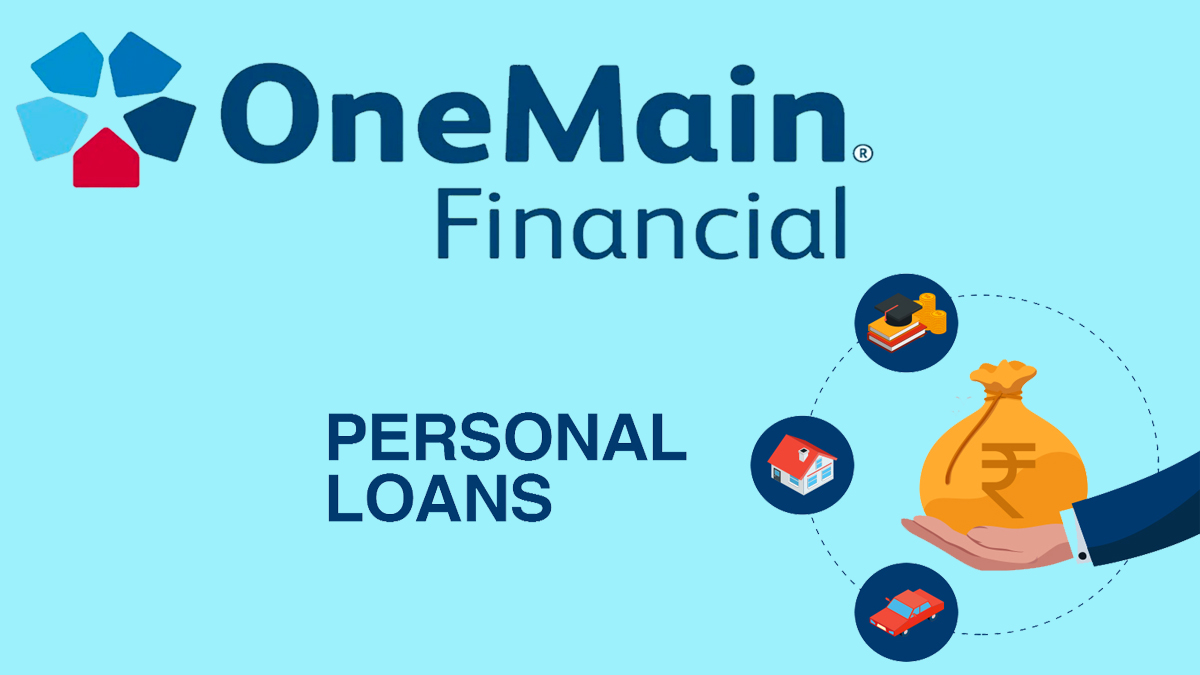In the financial exchanges between individuals—be it among friends, family, or acquaintances—there is importance for clarity and legal protection. This is particularly true, especially when it comes to personal loans. This is because the lack of a formal agreement can cause potential legal disputes, strained relationships, and misunderstandings. Nevertheless, writing or creating a personal loan agreement is advisable if you would like to traverse and steer through these waters carefully.

Writing such an agreement is not only evidence of the trust between the lender and borrower. Still, it is also an irrevocable document that shows the expectations and responsibilities of each party.
In addition, this personal loan agreement displays vital details such as the loan amount, repayment schedule, interest rates, and what happens in the event of late payments. However, writing a personal loan agreement that is both comprehensive and fair can seem complicated.
What is a Personal Loan Agreement?
A personal loan agreement is a legally binding document between two parties—a lender and a borrower—that outlines the terms and conditions of a personal loan. This agreement specifies the amount of money being lent (the principal), the interest rate, the repayment schedule, and any other conditions or terms agreed upon by the parties involved.
It serves several important purposes: it clarifies the obligations of both the borrower and the lender, provides a legal framework for the repayment of the loan, and helps prevent misunderstandings that could potentially harm the relationship between the two parties.
Personal loan agreements are recurrently used for loans between family members, friends, associates, or colleagues, and formal financial institutions like banks will not be involved. However, despite the personal nature of these agreements, they must be taken seriously in a legal setting and could be used in court to enforce repayment.
However, this is if there are any disputes or issues with compliance. Details or information like payment due dates, interest calculations, and consequences for late payments or defaulting on the loan make the agreement between parties easier and help ensure that both parties are protected.
Information Required or Needed
Here is the necessary information required to craft the perfect personal loan agreement:
- Legal names and addresses of both parties.
- Method of payment.
- Names and address of the loan cosigner.
- Repayment date.
- Collateral.
- Payment terms.
- Prepayment penalties.
- Signature from a witness representing both parties.
- Information on how disputes will be handled.
- Signatures from all parties involved.
- Annual percentage rate.
- Penalties for lateness or nonpayment.
How to Write a Personal Loan Agreement
Writing a loan agreement is an influential step when making plans for a loan between two individuals, as it ensures clarity regarding the loan terms. Hence, this document serves as legal evidence that can safeguard both the borrower and the lender if any misunderstanding arises or takes place. Nonetheless, here is the guide you need to begin this procedure:
• Identify the parties
Start the agreement by clearly identifying both the lender and the borrower. Include full names, addresses, and contact information. This helps clarify who is involved in the agreement.
• Specify loan details
Detail the principal amount of the loan and the loan’s purpose, if applicable. Clearly stating the loan amount helps prevent any misunderstandings about the financial obligations of the borrower.
• Define the Repayment Terms
When doing this, here are some of the things you need to outline or state:
- The start date of the loan.
- The number of payments or the duration of the loan.
- Any grace period for late payments.
- The amount of each payment.
- The due date for payments (for example, the 5th of every month).
• Interest rate
State the interest rate on the loan and mention if the interest is fixed or variable, how it is usually applied, and how it is calculated. Accordingly, expressing the interest rate ensures both parties understand any additional costs associated with the loan.
• Penalties and late fees
Detail any fees or penalties for late payments or defaulting on the loan. This section should include the amount of any late fees and the conditions under which they will be applied.
• Collateral or any form of security (If Applicable)
If the loan is secured with collateral, describe the collateral and the conditions under which the lender can take possession of it.
• State the governing law
Mentioning the governing law, which is the jurisdiction whose laws will interpret the agreement and handle any disputes. This is usually the state where the lender resides or the loan transaction takes place.
• Add an Amendment Process
It is advisable to add an allocation of how the agreement can be amended, stating that any changes to the agreement must be signed and written by both parties.
• Signatures
Agree with a space for both the lender and the borrower to sign and date. Consider having witnesses sign or getting the document notarized to further validate the agreement.
Here are some helpful additional tips:
- Take note of everything.
- Be specific.
- Seek advice from a lawyer.
- Keep everything confidential and private.
When completing or considering a loan, writing or creating a personal loan agreement can be very helpful in the long run and will ensure that the borrower and lender are safe.
FAQs
What happens if the borrower defaults on the loan?
The course of action in the event of default should be outlined in the loan agreement itself. This could include demanding the full repayment of the outstanding amount, seizing collateral if applicable, or pursuing legal action.
Is a personal loan agreement legally binding?
Yes, a personal loan agreement is a legally binding contract if it meets the legal requirements to be considered a valid contract, including the consent of both parties, a lawful purpose, and the exchange of something of value.
Can I write a personal loan agreement without a lawyer?
While it is possible to draft a personal loan agreement without a lawyer, consulting with one can ensure that the agreement complies with all legal requirements and adequately protects your interests.
How Much Interest Should You Charge on a Loan Agreement?
Determining the interest rate to charge on a personal loan can be a complex decision, influenced by various factors. For example, consider the relationship between the parties, the purpose of the loan, and prevailing market rates. Generally, for loans between friends or family members, a lower interest rate might be considered to simply cover inflation or slightly improve the lender’s position without being burdensome to the borrower.
It is essential to consider the Internal Revenue Service (IRS) guidelines on minimum interest rates for personal loans to avoid unintended tax consequences. These minimum rates, known as the Applicable Federal Rates (AFRs), change monthly and serve to prevent tax evasion through loans disguised as gifts. Charging an interest rate at or above the AFR ensures compliance with tax regulations.



